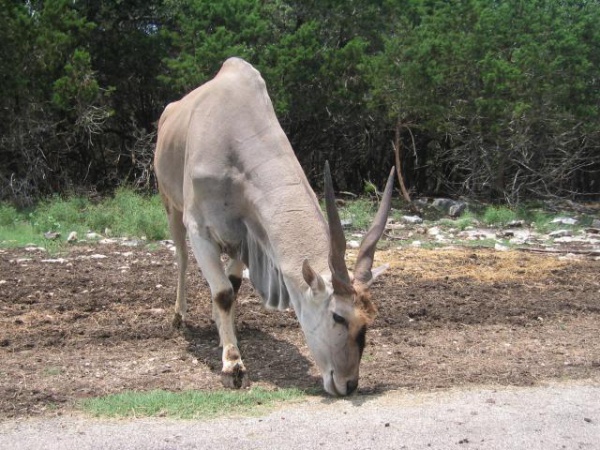Facts About Taurotragus
Taurotragus, a genus of large African antelopes commonly known as elands, includes two main species: the common eland (Taurotragus oryx) and the giant eland (Taurotragus derbianus). The common eland is further categorized into three subspecies: T. o. livingstonii, T. o. oryx, and T. o. pattersonianus. The giant eland consists of two subspecies: T. d. derbianus and T. d. gigas.
The genus Taurotragus was first described by the German zoologist Johann Andreas Wagner in 1855. The name derives from Greek words meaning "bull" or "bullock" and "male goat" alluding to the tuft of hair in the eland's ear that resembles a goat's beard. Taurotragus belongs to the subfamily Bovinae within the family Bovidae.
Genetically, elands exhibit a chromosomal count of 31 in males and 32 in females. A 2008 study highlighted that elands share chromosomal similarities with other spiral-horned antelopes and identified a Robertsonian translocation (1;29) as a common evolutionary marker in Tragelaphini species.
Elands' ancestors emerged approximately 20 million years ago in Africa, with the common and giant elands diverging around 1.6 million years ago. These large, spiral-horned antelopes are sexually dimorphic, meaning males are larger than females. Notably, the giant eland is the largest antelope species in the world.
The common eland and giant eland differ in coat color and markings. The coat of the common eland varies by region, with southern African elands lacking the distinctive markings characteristic of their northern counterparts. Conversely, the giant eland features well-defined vertical white stripes on its torso. Additionally, the coat color of a male can indicate hormone levels, with darker coats suggesting higher androgen levels during the mating season.

 Eswatini (Swaziland)
Eswatini (Swaziland)